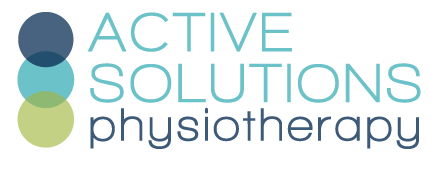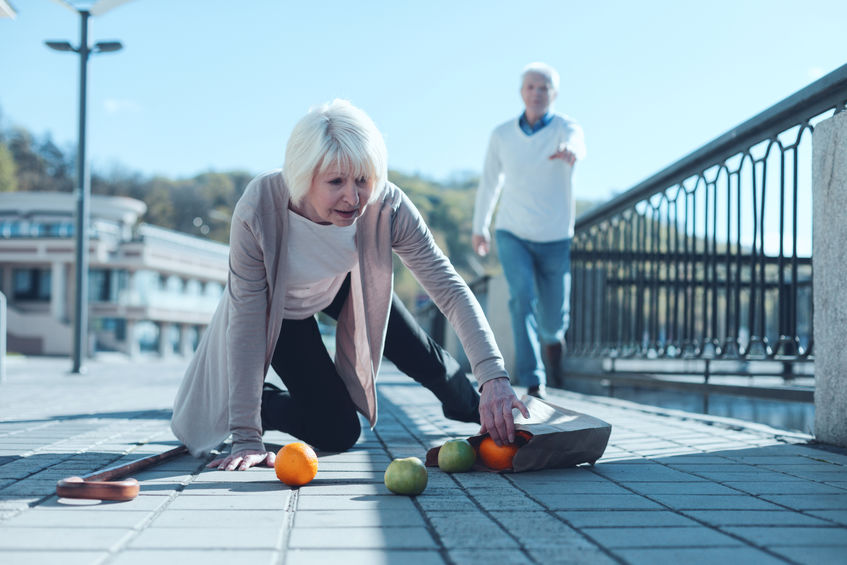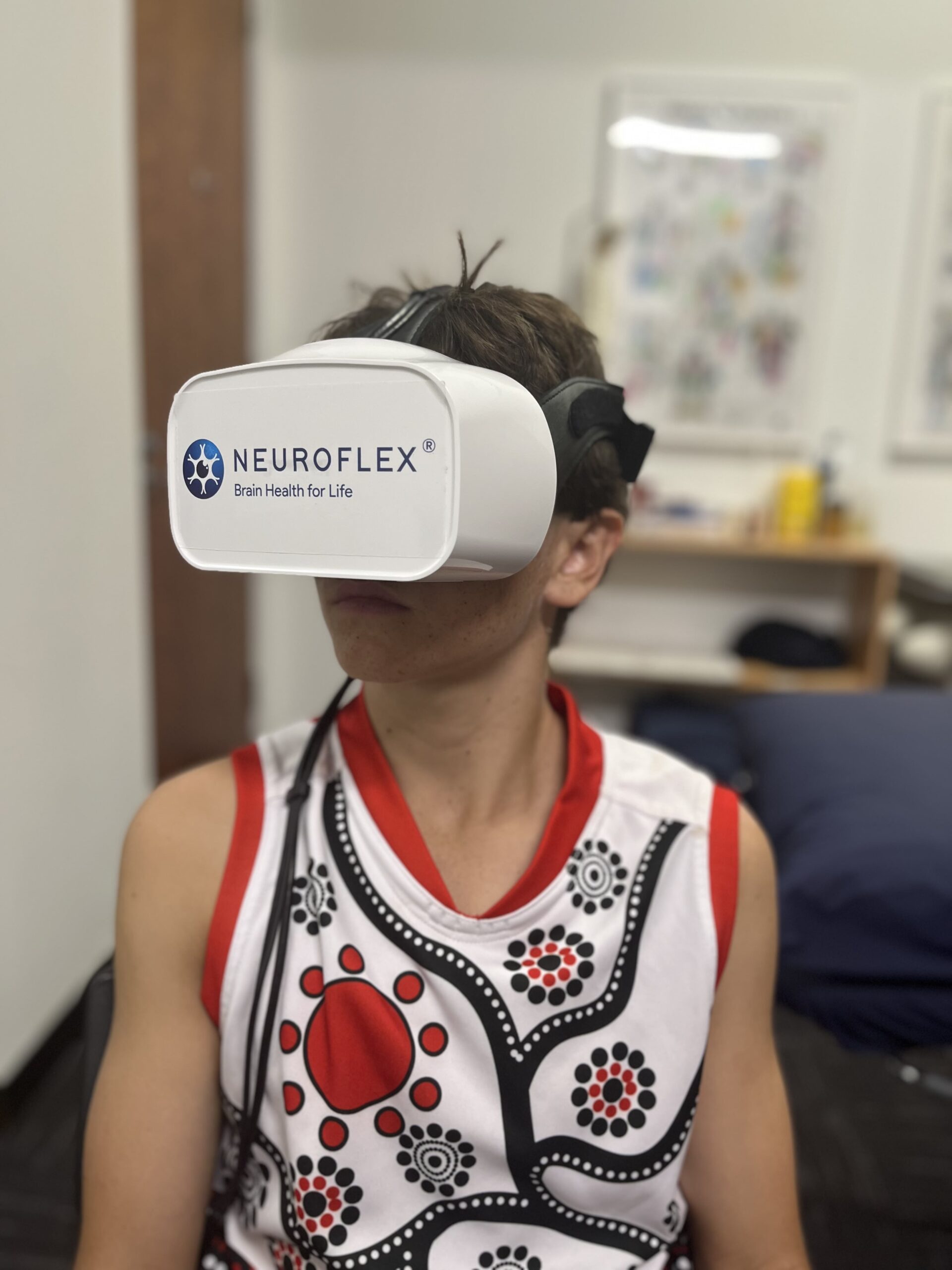Good Balance is vital! Balance allows you to stand on one leg when dressing, walk on uneven surfaces, keep you upright with a misstep, keep you safe with an unexpected collision and land safely from jumping.
Do you know how good your balance is? Measure yourself and find out.
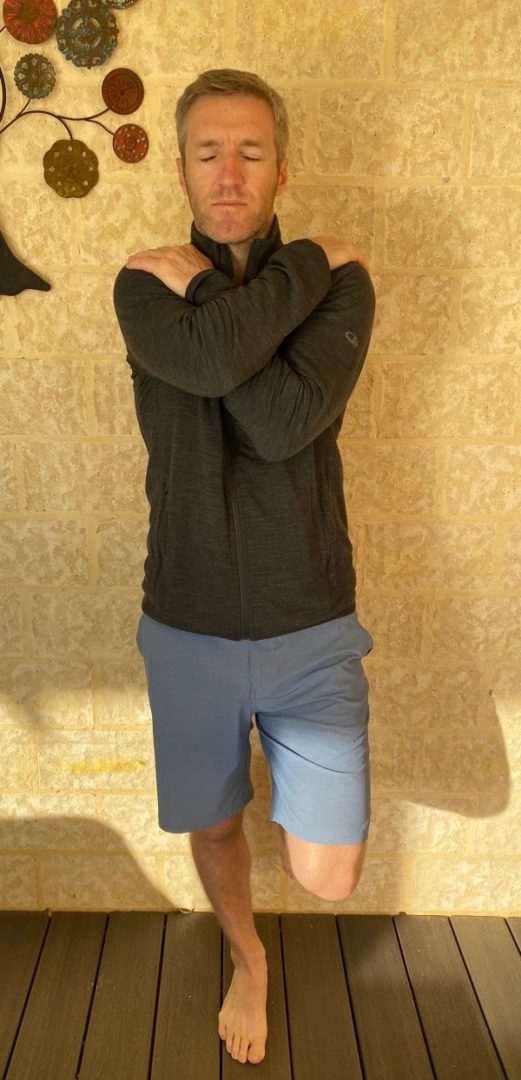
As these tests are challenging your balance capacity, perform these tests with a partner so that they can, time you, score you and keep you safe; don’t fall over!
There are a collection of tests along a balance spectrum ranging from basic to very difficult.
The aim is to stand on 1 leg, cross arms and eyes shut; hold this for 9 seconds on each leg.
- If you can achieve this, progress to the next test, the “Star Excursion Test”, Test 3
- If you cannot achieve this, regress back to the “Unipedal Stand Test” Part 1.
Balance Error Scoring System
Developed by researchers and clinicians at the University of North Carolina’s Sports Medicine Research Laboratory, Chapel Hill, NC 27599‐8700
- This tests your balance with your eyes shut in 6 different positions for 20 seconds on a firm and soft surface.
- Any movement within the position is an “error” (i.e. leg sway, stumble, open eyes, move arms)
- All “errors” are added up and put in the score card below
- If multiple errors occur simultaneously = only one error
- The aim is to complete all postures with the lowest possible score
- Stop measuring when you have >10 errors for 1 position OR you cannot hold 1 position for >5 seconds


Unipedal Stand Test
Springer, Barbara A., et al. “Normative values for the unipedal stance test with eyes open and closed.” Journal of Geriatric Physical Therapy 30.1 (2007): 8-15.
For optimal safety with independent day-to-day life and walking for exercise, you should be passing the “Unipedal Test”.
Stand on 1 leg with the arms crossed over chest,
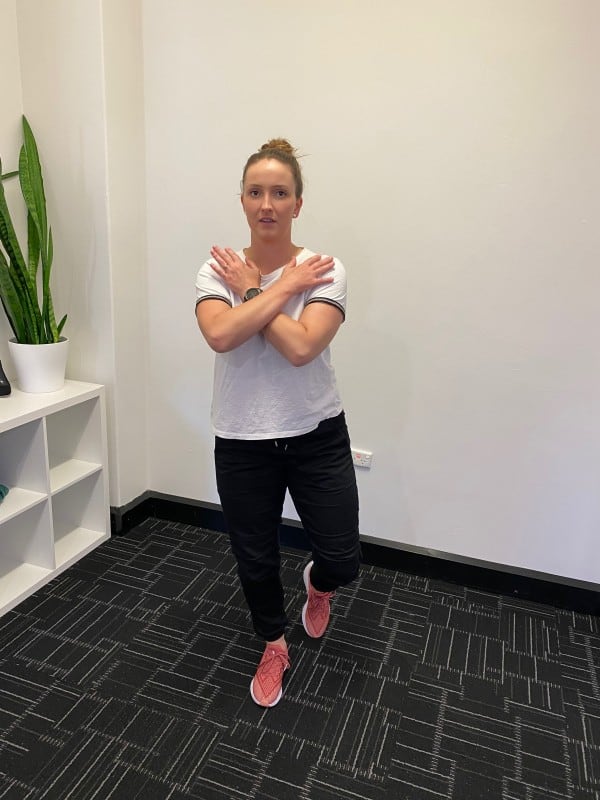
Part 1; eyes open.
- Count how long you can hold your balance for and record your score
- The test stops when there is any movement of any limb
- < 20 seconds à go back to test 1
- >45 seconds à progress to part 2
Part 2; eyes shut.
- Count how long you can hold your balance for and record your score
- Aim for > 9 secs eyes shut
- If you can achieve 9 seconds with eyes shut, progress to Test 3!
Star Excursion Balance Test
Gribble, Phillip A., Jay Hertel, and Phil Plisky. “Using the Star Excursion Balance Test to assess dynamic postural-control deficits and outcomes in lower extremity injury: a literature and systematic review.” Journal of athletic training 47.3 (2012): 339-357.
If you are very active and running for exercise, you should be passing the “Star Excursion Test”.
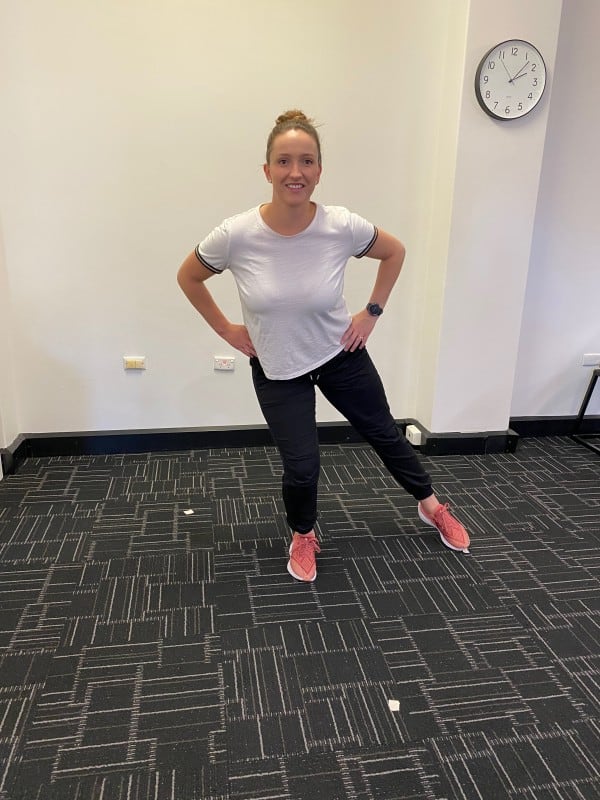
Star Excursion Test for Balance
Test each leg by touching your non standing leg as far as possible in 3 directions
- Mark a spot on the ground and line the end of your toe up to touch it.
- TOUCH your non standing leg as far as possible in three directions:
- Forwards out in front of you
- Behind and to the right
- Behind and to the left
- Your partner marks each spot on the ground (with a sticker) in all 3 places where your non standing leg TOUCHES (not steps).
- Measure the distance from standing point à the 3 touching points.
- Add the three measurements all together to make a score for 1 leg.
- You are aiming for both legs to obtain a measurement within 95% of each other
Sports Vestibular Balance Test
Randall Cooper; B.Physio, M. Physio, FACP Sports Physiotherapist and Mick Hughes; B.Physio, B.Ex Sci., Grad Cert Sports Physio
If you play contact sport with change in direction movements, you should be passing the “Sports Vestibular Balance Test”.
Stand on one leg with hands on the waist.
1. Move the Head Side-to-Side
- 70°-90° turn
- For 15 seconds
- at a rate of 60 beats per minute

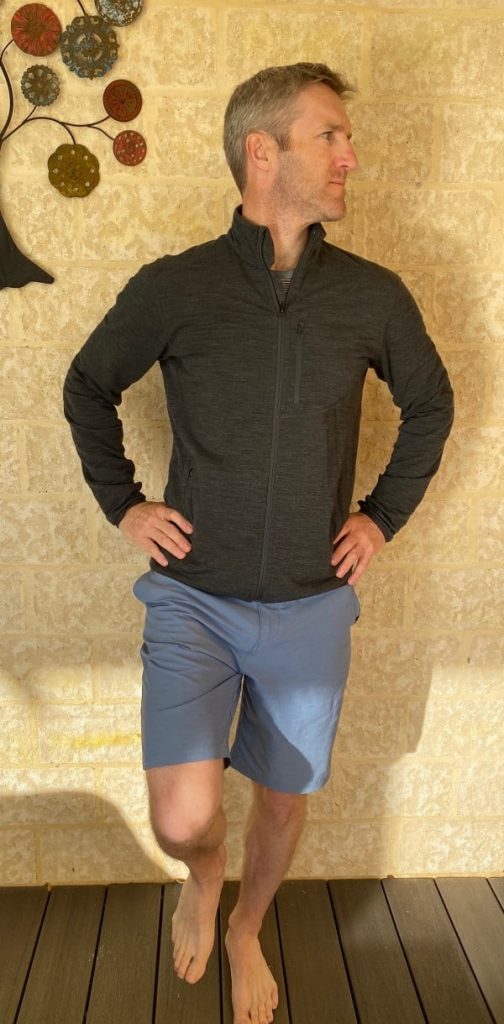
2. Move the Head Up-and-Down
- look at floor to ceiling
- For 15 seconds
- at a rate of 60 beats per minute

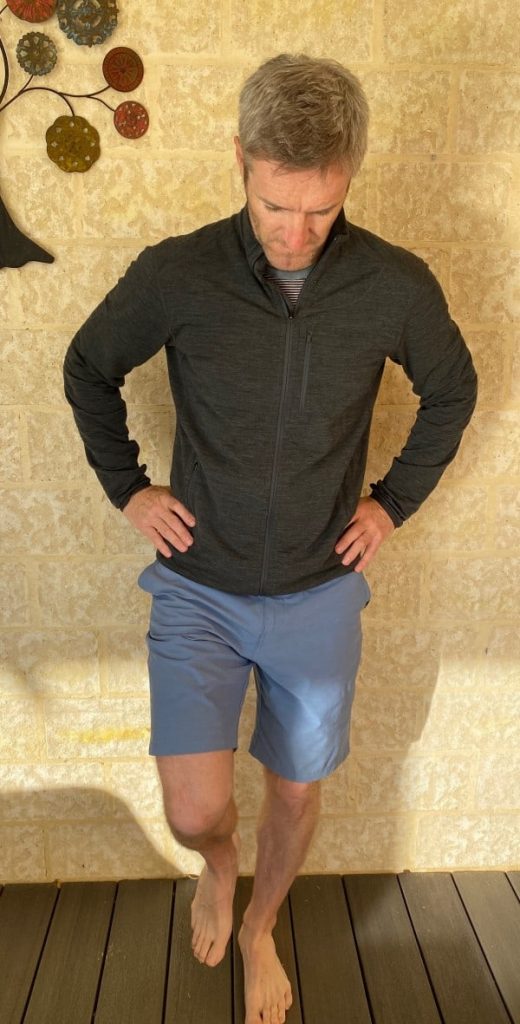
In Summary
The Balance Test you are able to pass should match your level of movement and exercise demands needed for your life.
If your balance capacity does not match your activity and exercise level, then you MUST perform exercises which will improve your balance. Good balance is essential for everything; from returning to sport after ACL reconstruction to help prevent falls if you have osteoporosis.
Your Physiotherapist will design a specific program for you.
